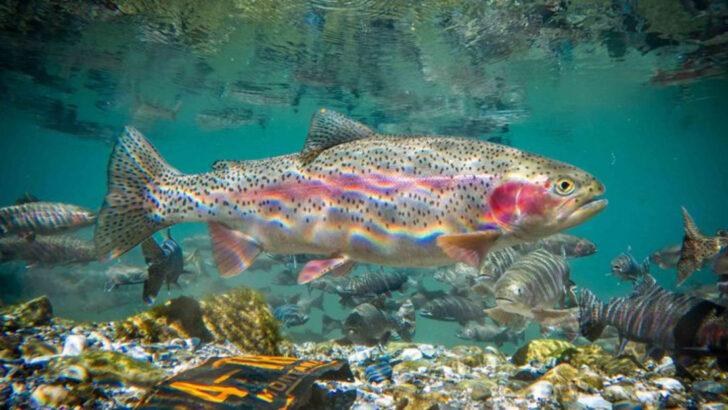Some fish don’t just swim—they represent.
Across rushing rivers, deep lakes, and coastal tides, America’s native fish are more than just fins and scales. They’re legends. They’re backyard trophies, campfire stories, and family traditions passed down one cast at a time.
These aren’t just fish—they’re characters. From bass with bad attitudes to trout dressed in rainbow sparkles, each one carries a splash of history, heart, and a whole lot of personality.
They fight hard, they shine bright, and they call American waters home.
Get ready to meet eleven of the most iconic fish born right here in the red, white, and blue.
Largemouth Bass
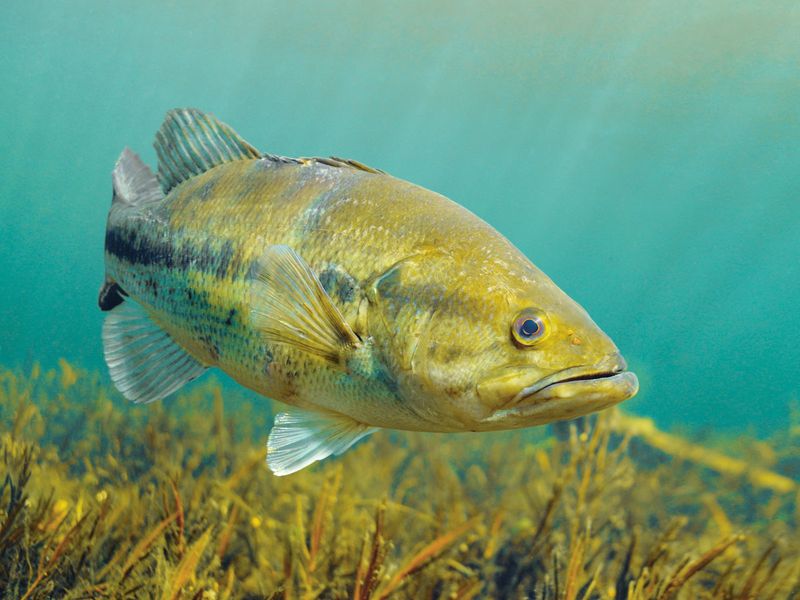
With its gaping mouth and bold demeanor, the largemouth bass is a favorite among anglers. Known for its aggressive nature, it can often be found lurking in dense aquatic vegetation, waiting to ambush prey.
This fish is not just a challenging catch but also a symbol of American freshwater fishing. Historically, largemouth bass tournaments have been a staple in many fishing communities across the country.
Did you know? The largemouth bass is the state fish of Florida, Alabama, Georgia, and Mississippi, highlighting its importance in Southern culture.
Brook Trout
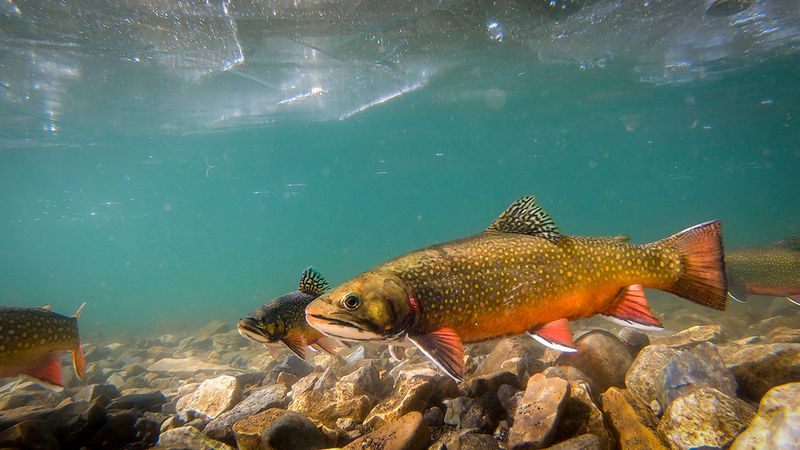
The brook trout, with its striking pattern and vibrant colors, is truly a sight to behold. Native to the eastern United States, this fish is often found in cold, clear streams and lakes.
Its presence is a testament to the pristine conditions of its habitat. Anglers cherish the brook trout not only for its beauty but also for the challenge it presents.
Fun fact: The brook trout is the only native trout species in the eastern United States, making it a treasured find for many fishing enthusiasts.
Red Drum
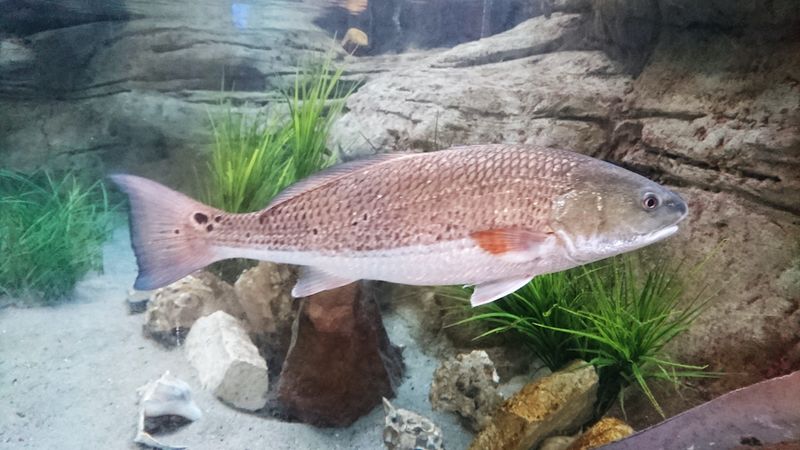
Known for its characteristic spot near the tail, the red drum is a prized catch along the Gulf of Mexico. This fish is not just valued for its taste but also for the thrilling fight it puts up when hooked.
Coastal communities in states like Texas and Louisiana hold the red drum in high regard, often hosting fishing tournaments in its honor.
Interesting tidbit: The red drum can produce a drumming sound by vibrating its swim bladder, a trait that gives it its name.
Cutthroat Trout
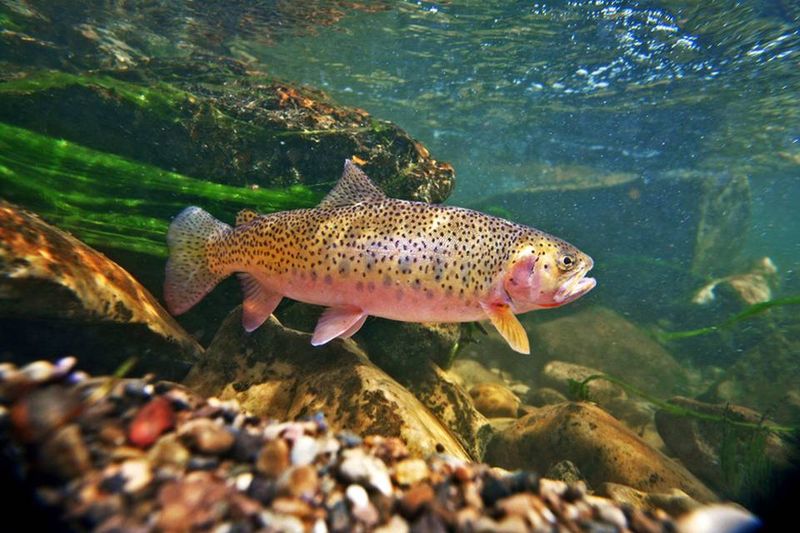
The cutthroat trout, with its vivid red streak beneath the jaw, is a symbol of the wild, untamed waters of the American West.
Found in various habitats, from mountain streams to large lakes, this fish is as versatile as it is beautiful. Anglers often seek it for its spirited fight and picturesque appearance. Historically, the Lewis and Clark expedition documented the cutthroat trout, marking it as an important species in American exploration.
Its adaptability and resilience make it a beloved icon of Western waters.
Bluegill

Small but spirited, the bluegill is a common sight in ponds and lakes across the United States. Known for its distinctive blue and orange hues, this fish is often one of the first catches for young anglers.
Its willingness to bite almost any bait makes it a favorite for teaching the joys of fishing. Interesting fact:
Despite its size, the bluegill can hold its own against larger predators, using its agility and speed to evade capture. This resilience makes it a cherished part of American freshwater ecosystems.
Rainbow Trout
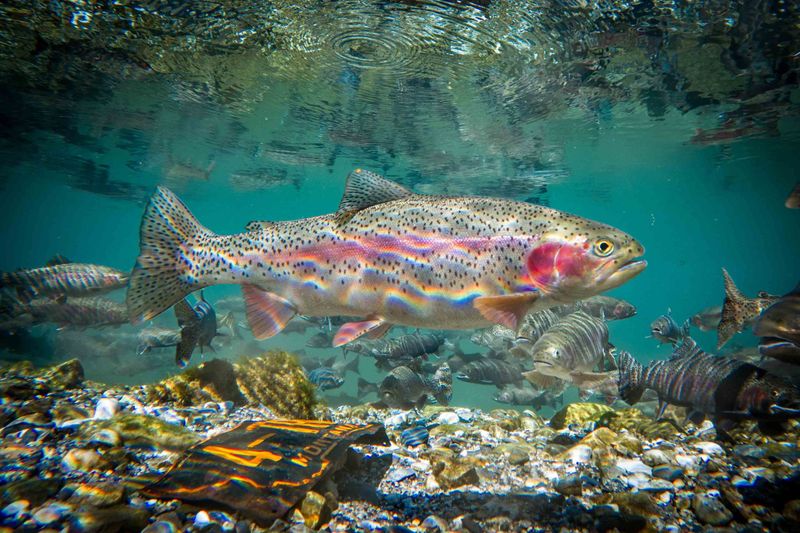
The rainbow trout, with its shimmering scales and vibrant colors, is a jewel of American waterways. Native to the Pacific Northwest, this fish is renowned for its acrobatic leaps and fighting spirit when hooked.
Many anglers pursue the rainbow trout not just for sport but also for its delicious taste. Did you know? The rainbow trout has been introduced to various parts of the world, cementing its status as a global ambassador for American fish.
Its adaptability and beauty continue to captivate fishing enthusiasts worldwide.
American Shad
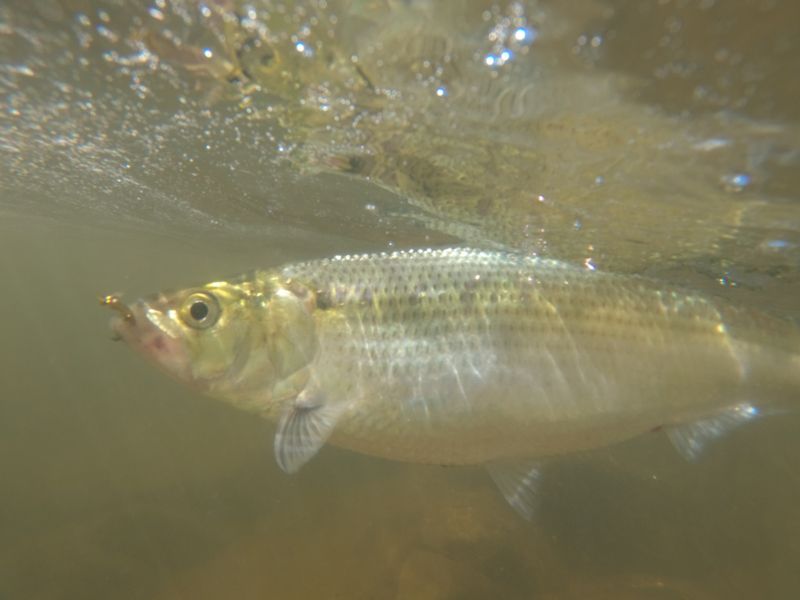
The American shad, often called the “founding fish,” holds a special place in U.S. history. Its annual migration up the East Coast rivers has been a spectacle for generations.
Known for its rich flavor, the shad has been a culinary favorite since colonial times. Anglers often celebrate its return each spring, marking it as a seasonal highlight.
Fun fact: George Washington was known to catch shad in the Potomac River, underscoring its historical significance. The shad’s enduring legacy continues to resonate with fishing communities today.
Channel Catfish

With its whiskered face and smooth body, the channel catfish is a staple of American rivers. This bottom-dweller is known for its nocturnal habits and preference for murky waters.
Anglers appreciate the channel catfish for its tasty fillets and the challenge it presents when caught on a line. Historically, this fish has been a vital food source for many communities along the Mississippi River.
Interesting tidbit: The channel catfish is the most fished catfish species in the United States, highlighting its popularity among anglers.
Steelhead
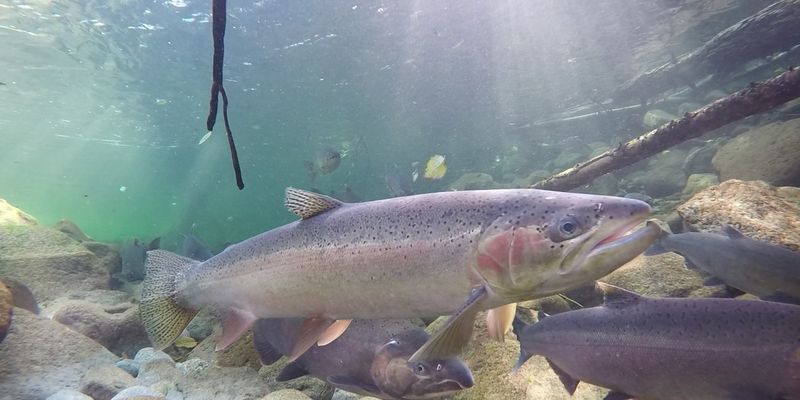
The steelhead, a sea-run version of the rainbow trout, is celebrated for its strength and endurance. Found along the Pacific Coast, this fish undertakes long migrations from the ocean to freshwater streams to spawn.
Anglers often revere the steelhead for its powerful fight and the skill required to catch it.
Did you know? The steelhead can spend several years at sea before returning to spawn, showcasing its remarkable adaptability. This migratory journey makes it a symbol of resilience and determination.
Alligator Gar
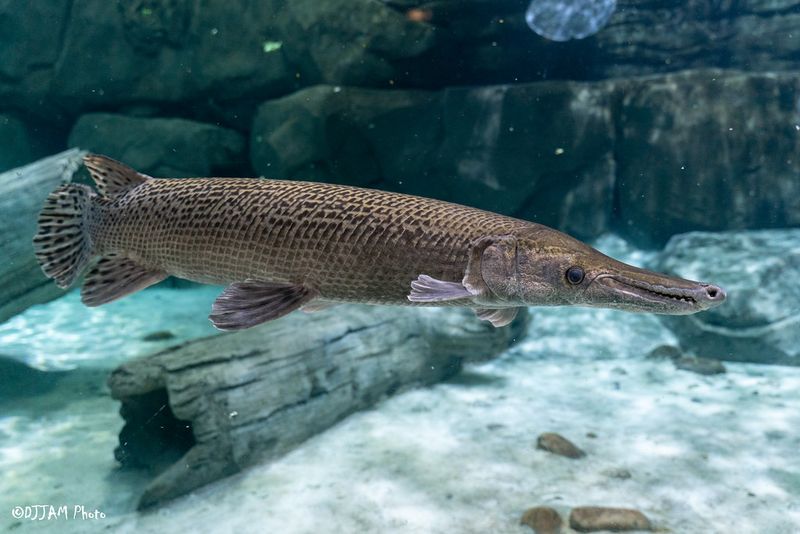
The alligator gar, with its prehistoric appearance, is a fascinating resident of Southern waters. Known for its long snout and sharp teeth, this fish can grow to impressive sizes, often exceeding six feet in length.
Its presence in bayous and backwaters adds an element of mystery and intrigue to these ecosystems.
Interesting fact: The alligator gar is one of the few fish that can breathe both air and water, thanks to its specialized swim bladder. This unique ability sets it apart from other fish species.
Atlantic Salmon

The Atlantic salmon, with its sleek, silver body, is a symbol of perseverance and strength. Found in the rivers of the northeastern United States, this fish undertakes arduous journeys upstream to spawn.
Anglers and conservationists alike are captivated by the salmon’s life cycle and the effort required to preserve its habitats.
Historically, the Atlantic salmon has been an important cultural and economic resource for many coastal communities. Its remarkable life journey continues to inspire those who encounter it.

